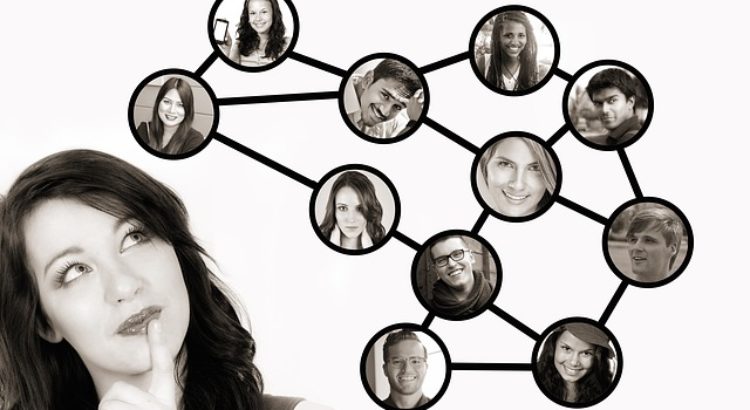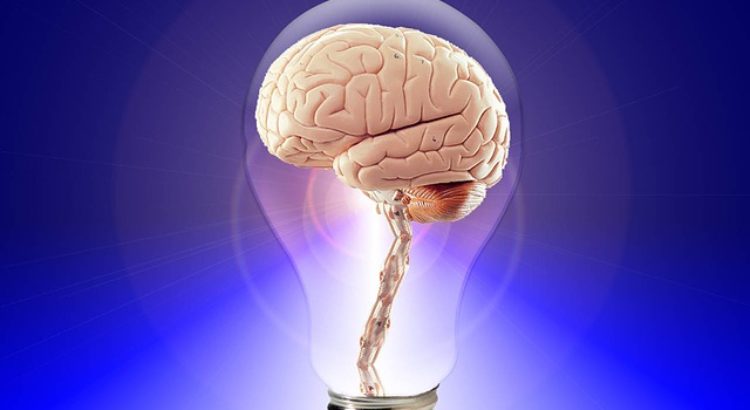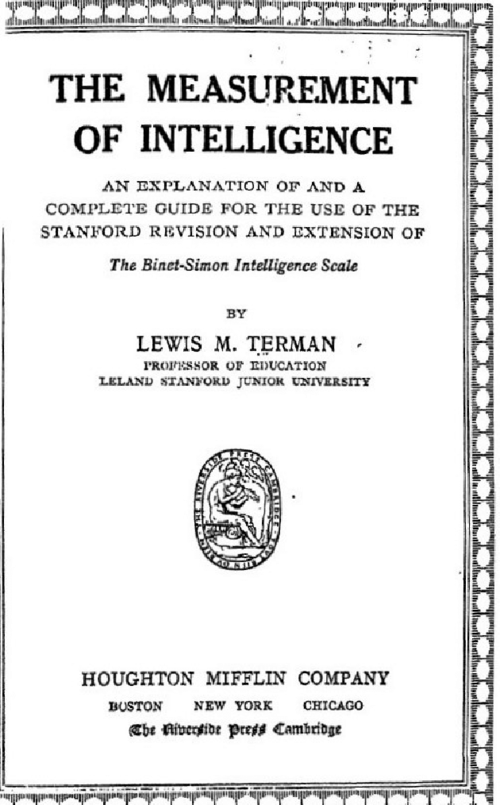Por: Sofía García-Bullé
En un futuro no tan lejano, la fuerza de trabajo tendrá muchas más personas mayores de 65 años.
Durante mucho tiempo, la edad que marcaba la jubilación o los últimos años de trabajo antes de llegar al final de una carrera profesional, eran los 50 años. Hoy en día, el escenario ha cambiado. La inviabilidad del plan pensionario mexicano y la condiciones económicas actuales del país, han construido una realidad distinta para los adultos jóvenes y los nuevos profesionales que entran al mercado laboral.
Actualmente la edad legal de jubilación en México es de 65 años, pero la Organización para la Cooperación y el Desarrollo Económicos sostiene que la edad efectiva de retiro de la población promedio rondará por los 72 años. ¿Qué significa esto en términos de salud y educación?
La aproximación del tema suena sombría, incluso alarmista, pero un mercado laboral poblado por personas mayores no tiene que ser una situación negativa si comenzamos a preparar el terreno desde hoy.
Un nuevo perfil del adulto mayor
Cada vez son más los países cuya demografía se torna hacia las personas de edad mayor. España, por ejemplo, es actualmente el cuarto lugar en población de personas de la tercera edad, sin embargo, se calcula que para el 2040 sea el país más longevo del mundo con una esperanza de vida de 85,8 años. Lo que entendemos por longevidad está cambiando y nuestras percepciones sobre la misma también deben cambiar.
La longevidad siempre ha sido vista como algo problemático, asociamos la tercera edad y la vejez con la disminución de las capacidades físicas y mentales, por ende, vemos a la población mayor de 65 años como personas que debemos cuidar, no como miembros de la sociedad que todavía son útiles y activas, si abrimos nuevos caminos para habilitarlos.
El recurso más valioso que tienen las personas de la tercera edad es su conocimiento, su experiencia y el set de habilidades específicas que han desarrollado por un promedio de 30 a 40 años de carrera profesional y experiencias personales. Sería imprudente ignorar que pueden verse afectados estos recursos por enfermedades ligadas la senilidad, sin embargo, estos no son descalificadores de la población de la tercera edad, si se generan y aplican estrategias adecuadas para mantenerlos en buen estado de salud, además de procurarles oportunidades de trabajo que les permitan seguir activas y ejerciendo su independencia económica.
El caso de Japón
Japón cuenta no solo con una de las poblaciones más longevas a nivel mundial. También tiene uno de los niveles más altos de calidad de vida y bienestar para las personas de la tercera edad. Esto se logró cambiando el esquema de la cultura laboral y progreso social.
Usualmente, la trayectoria profesional comprende tres fases: educación, trabajo y retiro. Hoy en día, las instituciones educativas y el mercado laboral nos han mostrado que no siempre funciona así, ya no se deben tratarse como canales separados sino como caminos que se interconectan para el desarrollo personal y profesional.
Muchas universidades ya cuentan con programas para otorgar a los estudiantes oportunidades de trabajo antes de graduarse, para que obtengan experiencia; recursos como el del aprendizaje a lo largo de la vida permite a los profesionales ya graduados seguirse capacitando para ser más eficientes en su trabajo y escalar posiciones; también se ha vuelto común que los jóvenes tomen periodos de hiatus en lo que formulan un plan de vida o que cambien de carrera o área profesional.
Si ya no hablamos de un proceso lineal en lo que respecta a las trayectorias laborales, entonces ya no tiene sentido poner fechas de caducidad tan exactas e inamovibles a la vida útil de los trabajadores.
Japón entendió esto y por eso destinó recursos a la creación del Consejo para la Sociedad de los 100 años, una organización dedicada no solamente a asegurar cuidados básicos para las personas de la tercera edad, sino su inserción en el mercado laboral, la economía y la vida social.
Las primeras recomendaciones de esta organización fueron incrementar significativamente la paga del personal encargado del cuidado de las personas mayores, invertir en la creación de programas educativos específicamente dirigidos a ellos y facilitar las condiciones para mantenerlos empleados en las empresas.
En el resto del mundo puede también existen iniciativas que han llevado a cabo instituciones educativas para dirigirse al adulto mayor, presente hoy en día en la generación Baby boomer. Una de estas iniciativas es la “Red global de universidades amigables con la edad” en la que 51 universidades alrededor del mundo se unieron a esta red global especializada para personas mayores para motivar su participación en la oferta educativa y encontrar estrategias para reforzar sus aprendizajes.
Personas mayores y empresas: ¿Cómo mantenerlos juntos?
La tendencia demográfica mundial apunta hacia poblaciones más grandes de personas mayores, algunos países ven esta tendencia desarrollarse más velozmente que otros, en el caso de México, puede verse un crecimiento estable pero progresivo.
Según datos del INEGI, entre 1970 y 1990, el porcentaje de adultos mayores respecto a la población total pasó de 5.6 % a 6.2 %; en 2017 dicho porcentaje es de 10.5 %. Para 2030, esta población crecerá hasta un 55 %, por lo que habrá 14 millones de mexicanos por encima de los 65 años para entonces. Las empresas no pueden seguir evadiendo este asunto, necesitan encontrar maneras de emplear a más personas en este rango de edad.
Por parte de las empresas, ¿qué es lo más atractivo que puedes ofrecerle a un empleado de 65 años o más? Flexibilidad. Los empleados de la tercera edad tendrán más experiencia y facilidad para realizar un trabajo que tienen dominado en comparación con los empleados más jóvenes, pero necesitarán más disponibilidad de tiempo para administrar los descansos y cuidados extra que necesitan, en comparación con la población más joven.
Para adaptarse a un nuevo mercado laboral inclusivo con la edad, es necesario que las empresas incluyan otros indicadores en sus métricas de desempeño. La productividad no solo se mide con horas, sino con talento, experiencia y resultados.
Un buen programa de registro, capaz de tomar en cuenta los resultados de un trabajo basado en la experiencia y habilidades ya desarrolladas de una persona mayor, permitiría a las empresas tener una mejor idea de las ganancias que obtendrían del trabajo de las personas de la tercera edad.
El enfoque de aprendizaje a lo largo de la vida se volverá el mejor aliado del adulto mayor a largo plazo, pues puede proporcionarle la misma flexibilidad que necesita de sus empleadores para seguirse capacitando.
El esquema ya está cambiando, gracias al poder de la “ola de plata”, que representa el poder económico de los Baby boomer en edad de retiro y que demandan productos y servicios dirigidos especialmente a ellos. La educación es uno de estos servicios; los estudiantes mayores pagan entre 440,000 y 1.4 millones de dólares en cuotas de estudio y alojamiento cuando regresan a la universidad a continuar sus estudios.
Es posible tomar nota de estos aprendizajes y cambiar la manera en que vemos tanto el mercado laboral como la educación, para ser más inclusivos con los trabajadores de la tercera edad que formarán un parte importante del mercado laboral a futuro.
Fuente: https://observatorio.tec.mx/edu-news/educacion-tercera-edad
Imagen: pasja1000 en Pixabay














 Users Today : 43
Users Today : 43 Total Users : 35460252
Total Users : 35460252 Views Today : 58
Views Today : 58 Total views : 3418953
Total views : 3418953